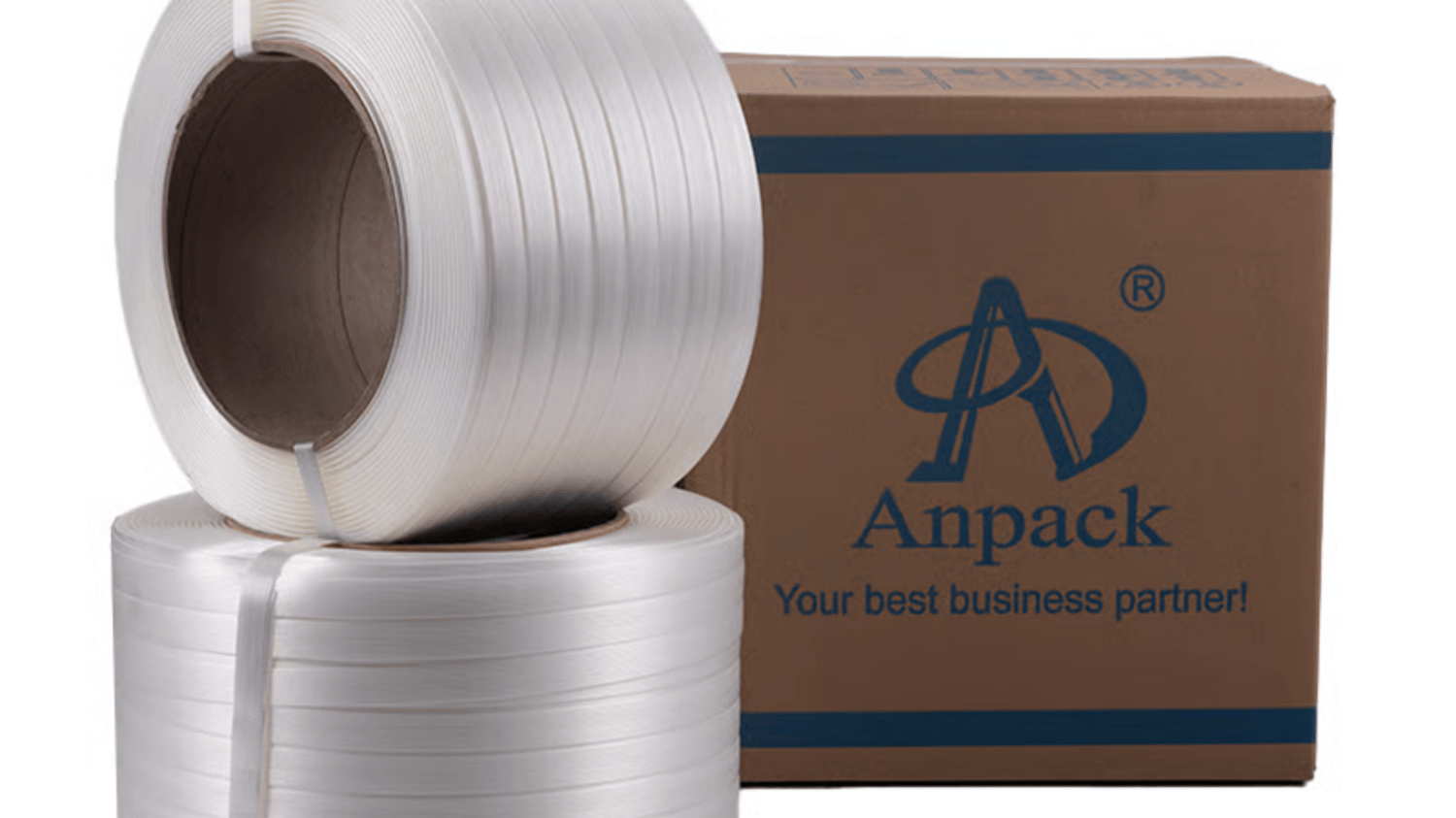Strength and Durability
When comparing composite strapping to steel strapping, one of the key factors to consider is their strength and durability. Steel strapping is known for its high tensile strength, making it ideal for securing heavy loads. However, composite strapping has been developed with advanced technology to provide similar strength and durability while being more lightweight and flexible.
Cost Efficiency
While steel strapping may be initially cheaper than composite strapping, the long-term cost efficiency of composite strapping should not be overlooked. Composite strapping requires less maintenance and is less prone to rust and corrosion, reducing the need for frequent replacements. This can result in cost savings over time, making composite strapping a more sustainable option.
Resistance to Corrosion
One of the main disadvantages of steel strapping is its susceptibility to corrosion, especially when exposed to moisture and harsh environmental conditions. Composite strapping, on the other hand, is made from materials that are resistant to corrosion, making it a more reliable option for long-term use in various environments.
Flexibility and Ease of Use
Composite strapping is known for its flexibility and ease of use compared to steel strapping. Steel strapping can be difficult to work with and may require special tools for cutting and securing. Composite strapping, on the other hand, can be easily manipulated by hand and does not require additional tools, making it a more user-friendly option.
Impact Resistance
When it comes to protecting your cargo during transportation, impact resistance is a crucial factor to consider. Composite strapping is designed to absorb and distribute impact forces more effectively than steel strapping, providing better protection against shocks and vibrations during transit. This can help reduce the risk of damage to your shipments.
Environmental Impact
In today's environmentally conscious world, the environmental impact of different packaging materials is a significant consideration. Composite strapping is made from recyclable materials and is more eco-friendly compared to steel strapping, which can be difficult to recycle and may contribute to waste in landfills. Choosing composite strapping can help reduce your carbon footprint and support sustainable practices.
Temperature Resistance
When transporting goods that are sensitive to temperature fluctuations, the temperature resistance of the strapping material is crucial. Steel strapping is known to expand and contract with temperature changes, potentially compromising the stability of the load. Composite strapping maintains its strength and tension even in extreme temperatures, making it a more reliable option for temperature-sensitive shipments.
UV Resistance
Exposure to UV radiation can weaken strapping materials over time, reducing their effectiveness in securing cargo. Composite strapping is formulated with UV inhibitors to enhance its resistance to sunlight exposure, ensuring that it remains strong and durable even when stored outdoors or in direct sunlight. Steel strapping lacks this UV resistance, making it more susceptible to degradation from sun exposure.
Customization Options
Composite strapping offers more customization options compared to steel strapping, allowing you to choose the width, length, and strength of the strapping to suit your specific needs. This flexibility in customization can lead to better performance and efficiency in securing different types of loads, making composite strapping a versatile choice for various applications.
Overall Performance Comparison
In conclusion, the performance comparison between composite and steel strapping reveals that while steel strapping has traditional strength advantages, composite strapping offers a range of benefits such as cost efficiency, resistance to corrosion, flexibility, impact resistance, environmental friendliness, temperature and UV resistance, and customization options. When considering the specific requirements of your packaging and transportation needs, it is essential to weigh these factors carefully to determine which strapping material is the best fit for your operations.

